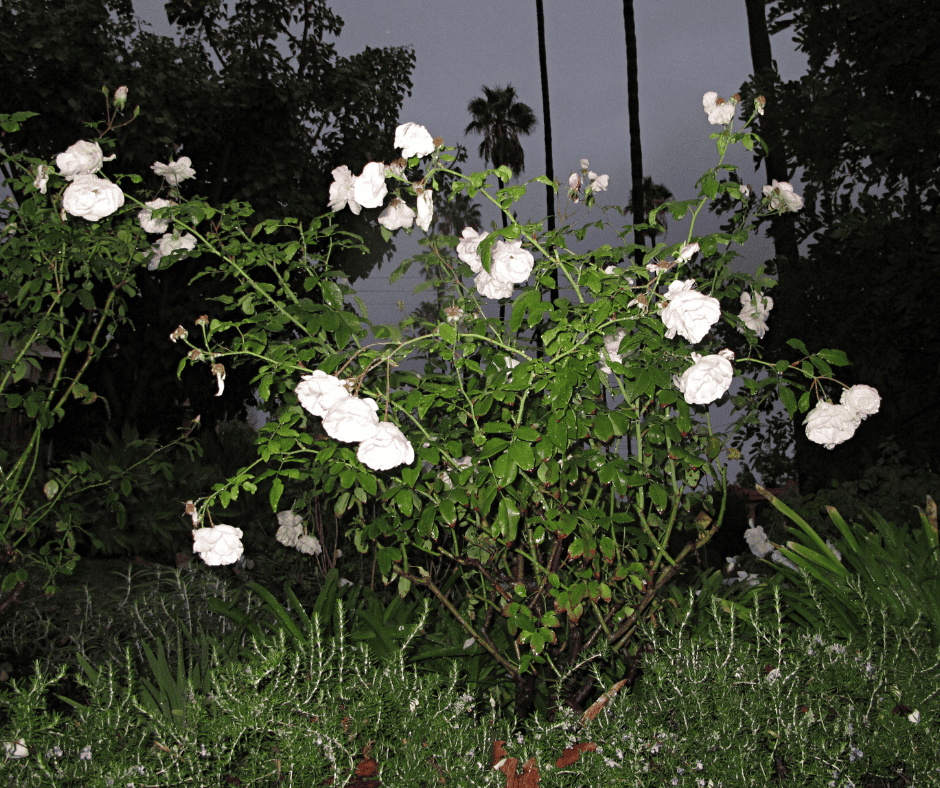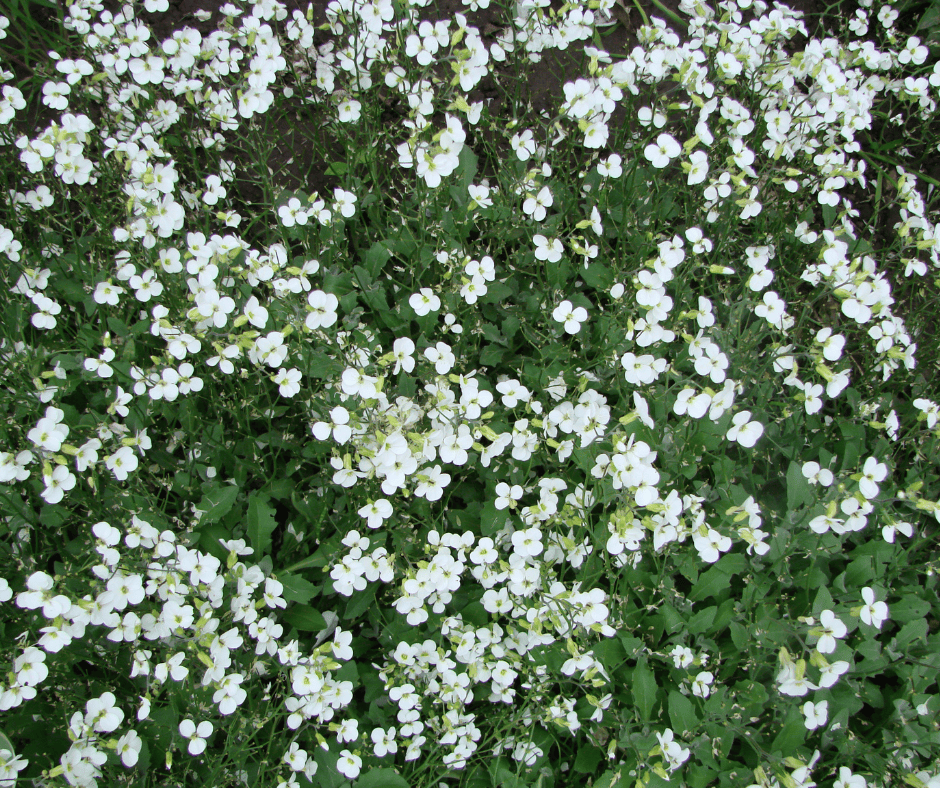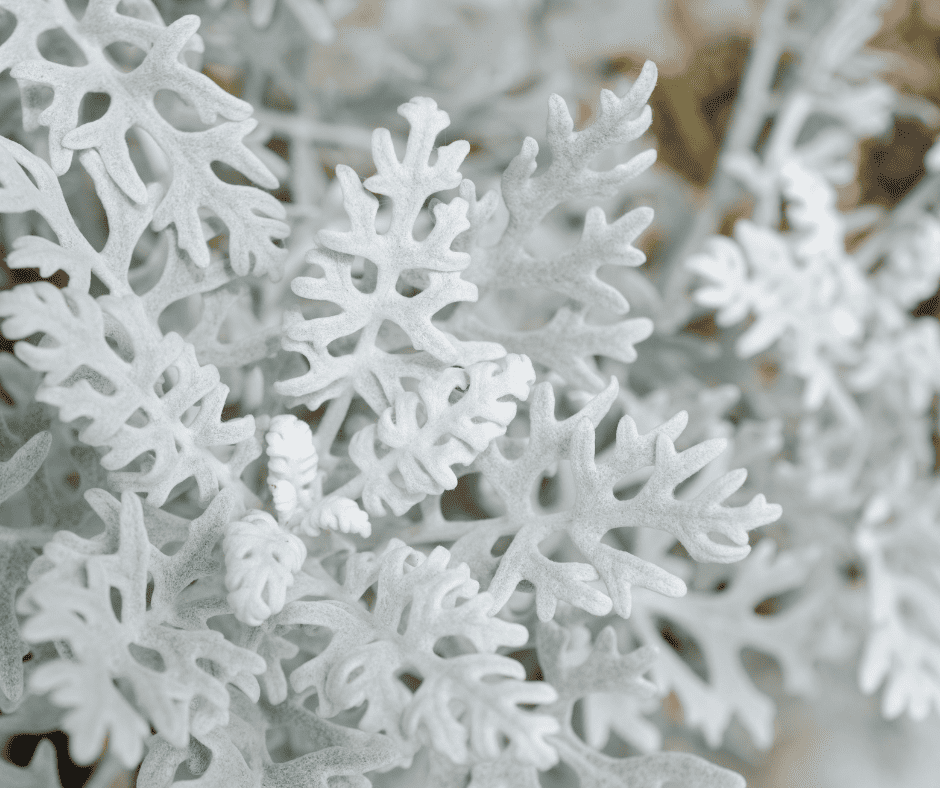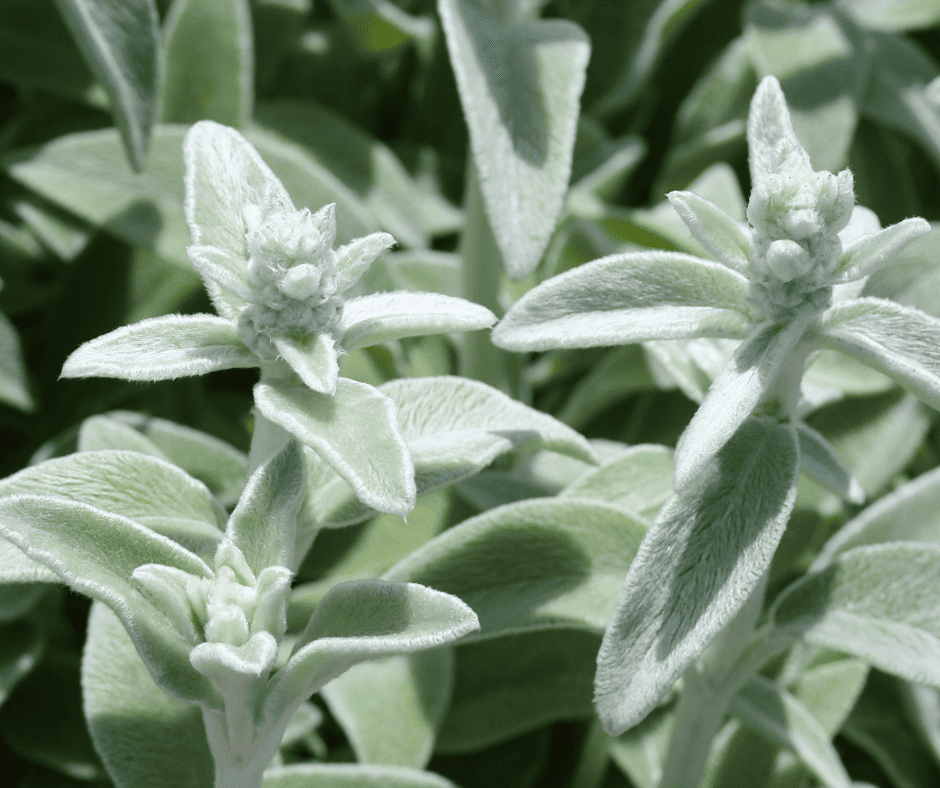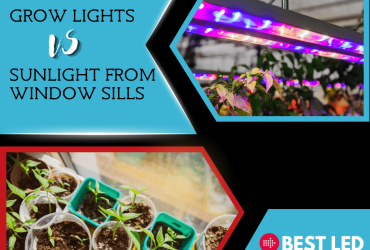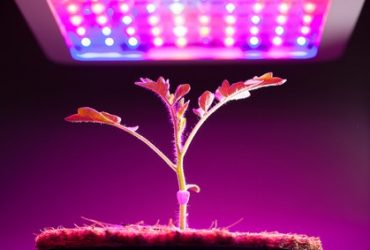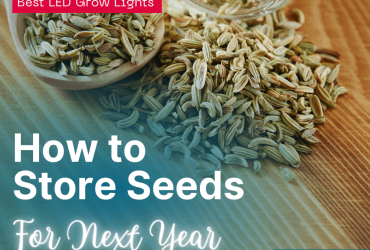How to Plant a Moon Garden
Few gardens are as enchanting as a moon garden, which is why learning how to plant a moon garden is so popular. Often, the spaces aren’t just relaxing and peaceful; they’re outright romantic. The flowers in a moon garden seem to glow at night, creating a magical or mystical ambiance. Couple that with the right foliage – those with silvery leaves or high-contrast patterns and reflective surfaces – and your yard seems alight even when the sun goes down.
When I planted my first moon garden, I worried that getting it right would be challenging. Fortunately, that was far from the case. With the correct plant selection and overall design, creating a breathtaking moon garden is actually incredibly simple. If you want to learn how to plant a moon garden, here’s everything you need to know.
What Is a Moon Garden?
A moon garden is a floral garden meant for nighttime enjoyment, usually at its most beautiful between dusk and dawn when the moon is shining. Moon gardens have plants that are explicitly chosen based on how breathtaking they are to view in the light of the moon. Additionally, they’re often highly fragrant plants to make the space more appealing to the senses.
What Is in a Moon Garden?
Moon gardens feature a mix of flowering plants and plants with silvery leaves or high-contrast color schemes. Usually, high-contrast options are also chosen for their reflective leaves, allowing the patterns to stand out more in the moonlight.
Why Is It Called a Moon Garden?
These gardens are called moon gardens because they’re designed to take advantage of the moonlight and are best viewed after sundown and before sunrise. The flowers and foliage in a moon garden are able to reflect light from the moon, creating a gentle glow.
What Is the History of Moon Gardens?
Moon gardens initially emerged in India before the start of the Mughal Empire. They were designed to be a cool, relaxing space that let people find a refuge from the sweltering heat of summer days.
However, moon gardens didn’t become popular in other parts of the world for centuries. For example, the first known example in the United States wasn’t designed until the early 1830s, far after the concept emerged in India.
Even now, moon gardens aren’t incredibly widespread. When it comes to landscaping, most people focus on how a garden looks during the day. But that doesn’t mean that moon gardens aren’t popular, as their beauty draws in new people every year.
Where Is the Best Place for a Moon Garden?
Generally, the best place for a moon garden is in an area that gets a high amount of moonlight, as the moon’s light creates the characteristic nighttime glow. However, the favored position is also a spot near a seating area, such as a deck or patio.
Some people also prefer to have their moon garden in a spot where it’s easily viewed through a window, allowing them to enjoy it while remaining inside. Plus, opening the window can allow the aroma to drift in, giving the home a nice, natural scent.
What Kind of Flowers Are in a Moon Garden?
Moon gardens primarily have night-blooming flowers in shades of white, as those ensure the blossoms are open after dark and that their petals reflect the moonlight. Some feel that the brighter the white, the better, as they’re usually the most reflective. However, off-whites and creams can potentially work, too, if they’re properly positioned.
In some cases, other light-colored flowers are also included. Generally, this means incredibly gentle pastels and preferably with reasonably reflective petals. However, some people prefer to stick solely with shades of white.
Additionally, it’s just as critical to know what’s not included in a moon garden as it is to understand which flowers to add. Darker-hued flowers of any kind are typically avoided, as they can disrupt the look of the moon garden at night. The same is true of bright, vibrant blossoms. As a result, it’s usually best not to include anything in those color categories.
How to Plant a Moon Garden
Choose an Optimal Location
When deciding where to put a moon garden, you must find a spot well exposed to the moonlight. Shadows prevent the light of the moon from hitting the flowers and plants. As a result, if you want your moon garden to glow at night, it needs to be relatively out in the open.
Many people choose to keep moon gardens small, making them more convenient if you need to place them centrally in a yard. Additionally, a raised bed can be an excellent place for a moon garden, though planting at ground level can also work if you prefer that look.
Select Your Flowers
When you’re selecting flowers, you want to focus on night-blooming plants. That can include plants with blossoms that open up at night or those with blooms that remain open during all times of the day.
White flowers reflect moonlight best, so it’s usually best to go with plants that have white blossoms. However, some other very light-hued blooms may also work if their petals are highly reflective, as they may glow similarly to a white flower.
Additionally, most moon gardens feature fragrant flowers. The goal of a magical moon garden is to create a peaceful space that also feels romantic, and sweet, gentle fragrances often give a moon garden the right vibe. Plus, fragrant flowers attract nighttime pollinators. That can help support the various plants, leading to a healthier garden.
Here are some examples of flowers that are highly popular for moon gardens:
- Dusty Miller
- Evening Primrose
- Four O’Clocks
- Gardenias
- Japanese Wisteria
- Mock Orange
- Montauk Daisy
- MoonflowerMoonflower
- Nicotiana (Jasmine Tobacco)
- Night-Blooming Jasmine
- Night Phlox
- Snow-in-Summer
- Sweet Alyssum flowers
As you’re selecting flowers, it’s also best to have plants that bloom during different times of the year or growing season. With a mix of early, mid, and late-season blooms, you can enjoy your moon garden for several months or even a full year, depending on your region. For example, snow-in-summer flowers in May and June, nicotiana blooms from late June until the first frost, and moonflower blossoms happen from July to October.
Group Your White Flowers Correctly
While the flowers you select might all be white, that doesn’t mean they are the exact same shade. As a result, you need to exercise care when choosing what plants to position next to others.
Ideally, bright white blooms shouldn’t be directly next to off-white flowers. If placed too close together, the off-white blossoms may look dingy by comparison. As a result, it’s best to keep bright white flowers in one area and off-white blooms in another.
Additionally, you need to be conscientious when it comes to scent. Grouping aromatic flowers of different types can make the scent a bit overwhelming. Since that’s the case, it’s usually better to separate the flowers based on their aroma.
Choose the Right Foliage
When selecting other plants to add to a moon garden, choosing plants with silvery foliage or high-contrast patterns – such as a dark green base with white spots or stripes – is usually best. Those plants will shine in the light of the moon, adding visual interest.
Here are some plants that have silver foliage or high-contrast patterns:
- Lamb’s Ear
- Russian Sage
- Silver Sage
- Variegated Hostas
- White Beauty Aloe
However, it’s also fine to include plants with darker foliage. These can help create contrast at night and a sense of separation between the reflective elements, as they won’t reflect the moonlight. In some cases, the darker sections can even make it look like the various white flowers are floating at night, which is an incredibly striking effect.
Design the Rest of the Space
While the stars of the show for a moon garden are typically the plants, you can also use other materials to enhance the effect. For example, white pebbles and marble can also reflect moonlight, making your moon garden look brighter. Reflective materials like mirrors, glass, or polished metal are also attractive potential additions.
Generally, you want to avoid too much artificial light in a moon garden, as the goal is to ensure the reflected moonlight is what makes the space spectacular. As a result, it’s usually best to stick with very dim options if you add any artificial lighting at all.
Some people also enjoy enhancing the ambiance by bringing in fountains. Ornamental grasses can also add to the auditory part of the experience, as they’ll rustle gently in the evening breeze.
Enjoyed this post? Pin it!



